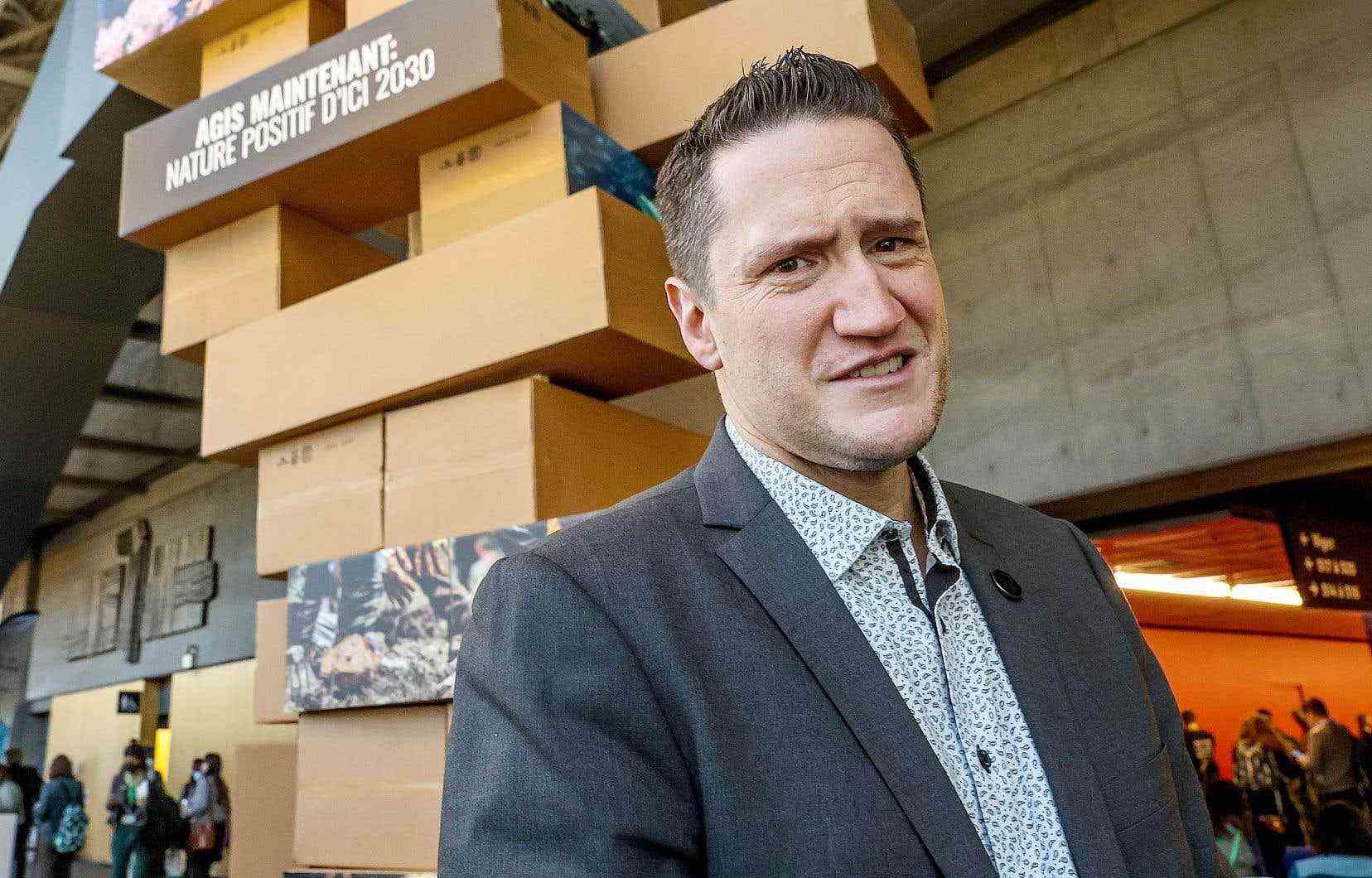After a first term marked by decisions criticized for the protection of endangered species, the Legault government promises to strengthen measures to safeguard endangered wildlife in Quebec. In interview at To have tothe Minister of the Environment, Benoit Charette, affirms however that the encroachment in the habitats of these species will always be possible for certain development projects.
At a time when the international community is gathered in Montreal to try to conclude a global agreement on the protection of biodiversity, the minister maintains that he is not “closed” to the idea of modernizing the Act respecting endangered species and vulnerable communities in Quebec to equip themselves with better conservation tools.
However, the Legault government does not intend to close the door to any development project that could encroach on the habitat of species at risk, such as the chorus frog. “We have to see how we can compensate or restore a habitat. This is a distinction that I will want to keep in Quebec legislation. For some plant and animal species, individuals cannot be moved. But in some cases, yes. So, if we have this possibility, it is a possibility that I will not deprive myself of,” explains Mr. Charette, in the context of an interview granted on the site of the United Nations Conference on Biodiversity (COP15).
I want Quebec regulations to be able to make allowances.
The minister assures, however, that the authorizations would be granted “if the project has a real relevance” in the eyes of the government. He gives the example of “a public utility building”, “a seniors’ home”, a hospital or, in “certain cases”, a public transport project.
“I want Quebec regulations to be able to make allowances. The first wish is to avoid, but if the project has a real relevance, it is to see how we can limit the impacts. It could mean the displacement of individuals, both flora and fauna, ”he argues.
This means that the Government of Quebec would not go as far as the federal government, which applies the Species at Risk Act. In this case, if the critical habitat of a threatened or endangered species is officially protected, it is not possible to destroy elements of it to carry out a development project.
However, the Legault government wishes to strengthen the Quebec provisions so that Ottawa no longer intervenes to avoid the destruction of the habitats of endangered species. “We want to avoid federal intervention, whether for the tree frog or for other species. Our regulations and our law must be strong enough to avoid this type of intervention in the future. »
Currently, Quebec legislation limits the ability to protect wildlife habitats on public lands and does not allow the government to intervene on private lands.
Last year, the federal government had to impose a decree to stop the construction of a street in Longueuil, in an important wetland for the chorus frog. The Ministry of the Environment of Quebec had done nothing to stop this project. The Legault government has also officially opposed the protection of the critical habitat of the copper redhorse, an endangered species that only exists in Quebec, because of the possible “significant socio-economic consequences”.
The Trudeau government also threatened this year to intervene to protect thousands of square kilometers of the boreal forest, in order to prevent the disappearance of the woodland caribou. Benoit Charette promises, however, that Quebec will do what is necessary to avoid this, by unveiling in June 2023 a “strategy” for the conservation of this species, whose habitat is increasingly disturbed, in particular by the forestry industry.
Transparency
After years of stagnation in the work of the Advisory Committee on Threatened and Vulnerable Wildlife Species, the Minister also intends to give it a more important role. A meeting is scheduled shortly to fill vacancies, and the composition of the committee will be made public. “There’s no reason not to be transparent,” he says.
“We will ensure that the work of the committee can have the necessary public echoes so as not to imply that it is a committee whose recommendations fall between two chairs,” adds Mr. Charette. “The lists of species that they are going to offer us will also be made public, which was not the case in the past. »
Moreover, the updated list of threatened and vulnerable species will be updated on a regular basis. The Minister also adds that two species will be added soon: the right whale and the harbor seal, a subspecies of the Lacs des Loups Marins.
Both species are currently listed as “likely to be designated as threatened or vulnerable”. However, under the federal government’s Species at Risk Act, they are instead considered to be “endangered”, which is the most severe status before that of “extinct” species in Canada.
The right whale, which numbers at most 340 individuals, is also the subject of exceptional protection measures in the Gulf of St. Lawrence by the federal government, after episodes of record mortality in Canadian waters during of recent years.
Finally, in terms of land protection, Benoit Charette recognizes that Quebec must “significantly progress” in the southern portion of the territory. But to achieve this, the government will not rely solely on the creation of protected areas. The minister mentions in particular the creation of “wildlife corridors”.
